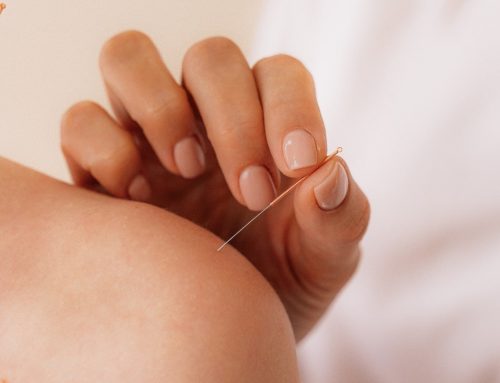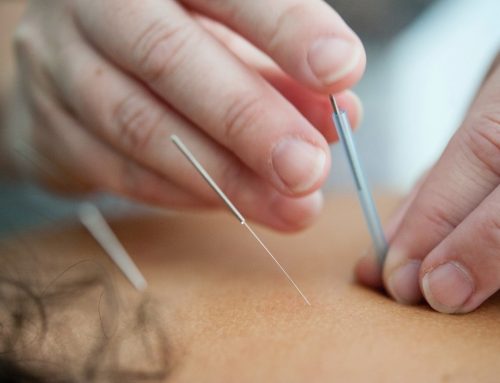A chiropractor or physical therapist has treated many of us at one time or another. Whether due to a sports-related injury, pain management, or an automobile accident, physicians and therapists often rely on supplemental treatments as a part of a larger rehabilitation plan to help bring about healing and restoration. One such treatment is dry needling. Dry needling is a treatment whereby sterile fine filament needles are inserted into the muscles to aid in pain relief. We’ll outline how dry needling works, and what should know if you are considering this revolutionary treatment.
Understanding Trigger Points
To understand how dry needling works, it’s important to first understand myofascial trigger points. Myofascial trigger points are essentially knots in the muscle. These knots are made up of a group of muscle fibers that have shortened after being activated but are not able to lengthen back to a relaxed state after their use. As a result, painful, sensitive nodules in the muscle form and muscle fibers become tight enough to compress the surrounding capillaries and nerves. Current pathology research suggests that extra leakage acetylcholine at the neuromuscular junction is what induces these contracture knots. Unable to obtain a fresh blood supply, these muscles are then unable to receive the oxygen and nutrients they need and become unable to flush out toxins. As a result, patients suffering from these myofascial trigger points experience pain and discomfort, muscles that are sore to the touch, and even an impediment to their normal range of motion.
Often, myofascial trigger points develop as a part of the body’s protective response following injury, or even sickness. Examples of these common causes include:
- Injury (Muscle fibers often tighten in an attempt to reduce the severity of an injury)
- Unexpected Movements (i.e., whiplash, unexpectedly stepping off of an uneven surface)
- Sustained Postures (i.e., sitting or standing for prolonged periods)
- Stress
- Illness (bacterial of viral infections)
- Nutritional deficiencies
- Metabolic or endocrine disorders
How Dry Needling Works
Dry needling works to address these myofascial trigger points in the muscle. When a fine filament needle is inserted into the center of a myofascial trigger point, blood pools around the needle. This triggers the contracted muscle fibers to relax by providing those fibers with the fresh oxygen and nutrients contained in the surrounding blood. Acidic chemicals and toxins are flushed away from the affected muscle tissue, and the result is a reduction of pain and restored range of motion.
What to Expect During Your Dry Needle Treatment
Many people are nervous before receiving their first dry needling treatment, but most patients find it relaxing. Most patients feel a slight stinging sensation as the needle is inserted and removed, but this usually lasts no longer than a second. It is also common for patients to experience a muscle spasm or “twitch” at the point of insertion. These twitches are a good sign, often indicating that a targeted muscle is being reset. Needles are left in the skin anywhere from mere seconds to 15 or 30 minutes. Generally, patients experience a marked improvement in flexibility, range of motion, and pain relief immediately after just one treatment. It’s essential to keep in mind, however, that most physicians recommend more than one course of dry needling and usually utilize the treatment as a part of physical therapy or chiropractic treatment plan.
Dry Needling in Jacksonville, FL
For many patients seeking recovery from injury or natural solutions to pain relief, dry needling is a valuable treatment. If pain or injury is affecting your quality of life or preventing you from enjoying your favorite activities, Dry Needle Pain Relief of Jacksonville can help. Our goal is to bring pain relief and injury recovery to the Jacksonville area through experienced doctors and proven techniques. To learn more about our dry needling services, contact us today to book an appointment!








Leave A Comment